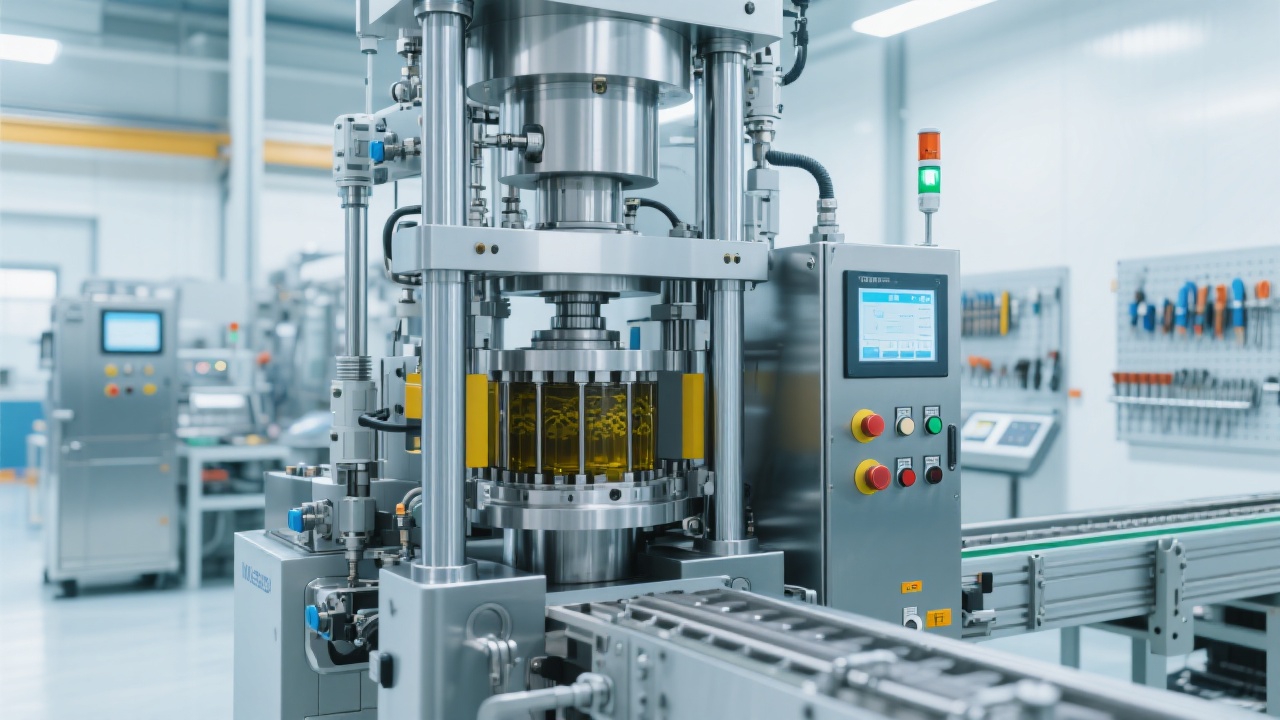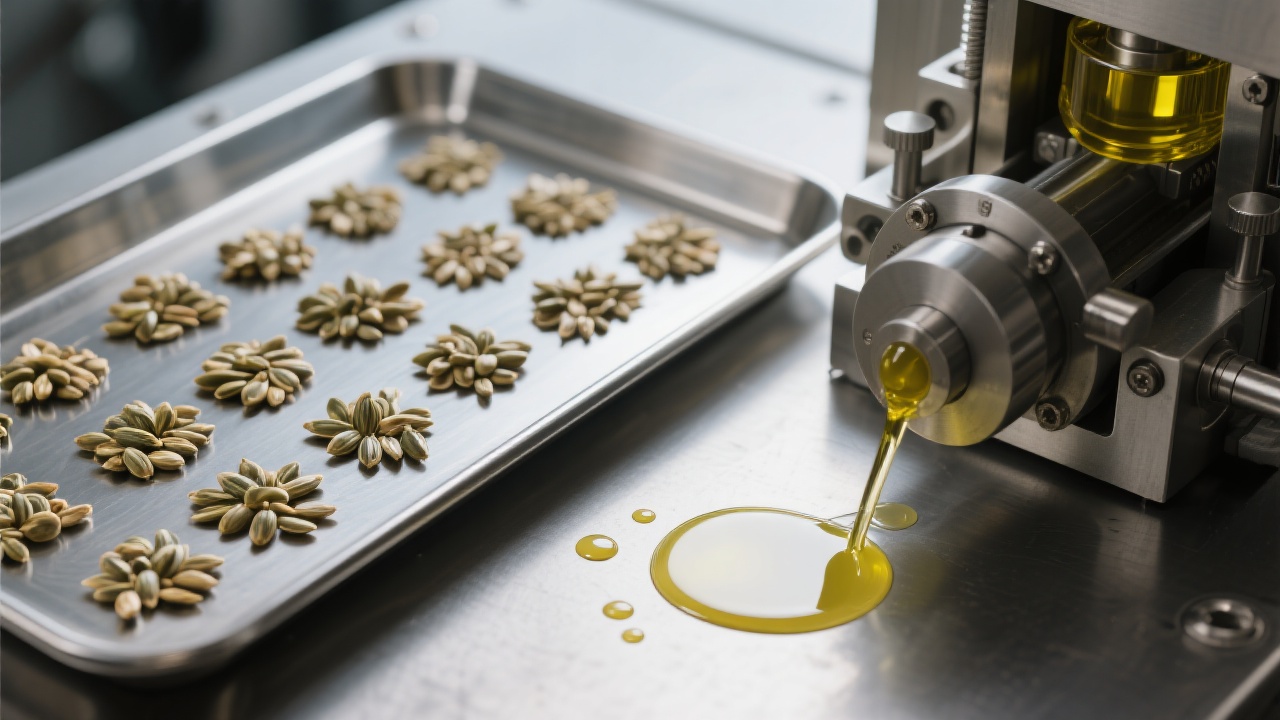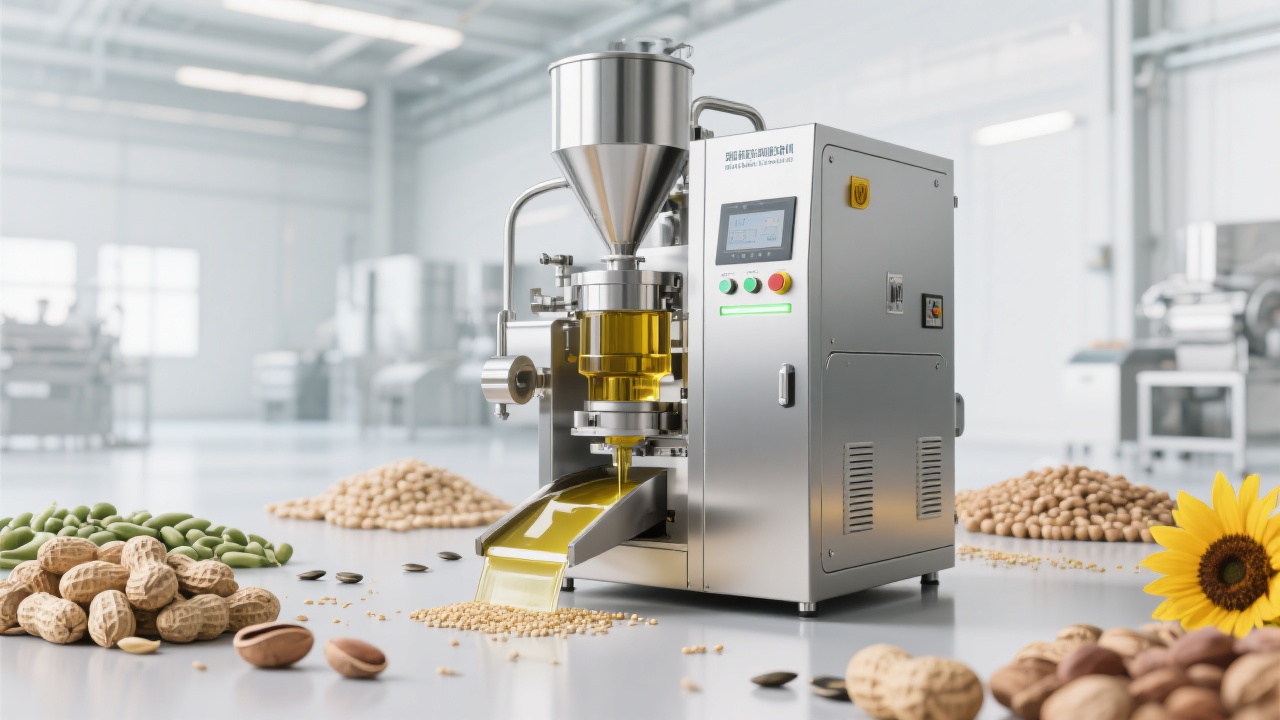
Rice bran oil has gained significant attention worldwide due to its nutritional benefits and industrial value. Central to its efficient extraction is the rice bran oil expanding equipment, a specialized machine designed to treat rice bran before oil separation. This article delves into the core role of expanding equipment in optimizing oil yield, emphasizing key operational parameters and the latest technological trends that empower producers to achieve higher productivity while minimizing energy consumption.
The rice bran oil expanding machine applies controlled heat, pressure, and moisture conditioning to rice bran, altering its physical structure to facilitate efficient oil release during extraction. Operating on principles similar to extrusion, the equipment propels rice bran through a barrel fitted with a rotating screw, where it is subjected to high temperature and pressure. This process gelatinizes starches, denatures enzymes that cause rancidity, and ruptures oil-bearing cells, thus increasing extractable oil.
Key parameters dramatically influence output and quality:
| Parameter | Optimal Range | Impact on Extraction |
|---|---|---|
| Temperature | 120°C - 150°C | Promotes enzyme inactivation and cell rupture; higher temps risk oil degradation |
| Pressure | 15 - 25 MPa | Enhances physical expansion and fiber softening; ensures uniform texture |
| Moisture Content | 12% - 15% | Balances material plasticity; prevents clogging and excessive energy use |
The choice of materials and machine structure significantly affects longevity and expanding efficiency:
Case studies in Southeast Asian rice bran oil factories show that upgrading from standard carbon steel screws to alloy-enhanced, multi-thread screws increased oil yield by 8-12%, simultaneously lowering mechanical wear rates.

Implementing best operating practices is key to maximizing output while reducing operational costs:
Industry data indicates that optimized operational control can reduce energy consumption by 10-15% per ton of processed bran, directly impacting downstream processing costs.

As market demand gravitates toward environmentally friendly production and digital transformation, manufacturers must consider:
Forward-thinking rice bran oil producers who adopt such innovations report up to a 20% improvement in production sustainability metrics, which strengthens brand reputation and market position.

For technical professionals, procurement decision-makers, and plant managers, understanding the nuanced interplay of equipment design, process parameters, and emerging technologies is essential to unlock rice bran oil production potential. Prioritizing high-performance expanding machines coupled with informed operational strategies results in substantial gains in oil yield and energy savings.
Investing in reliable rice bran oil expanding equipment not only elevates throughput but also ensures a sustainable production cycle aligned with modern industrial trends.

